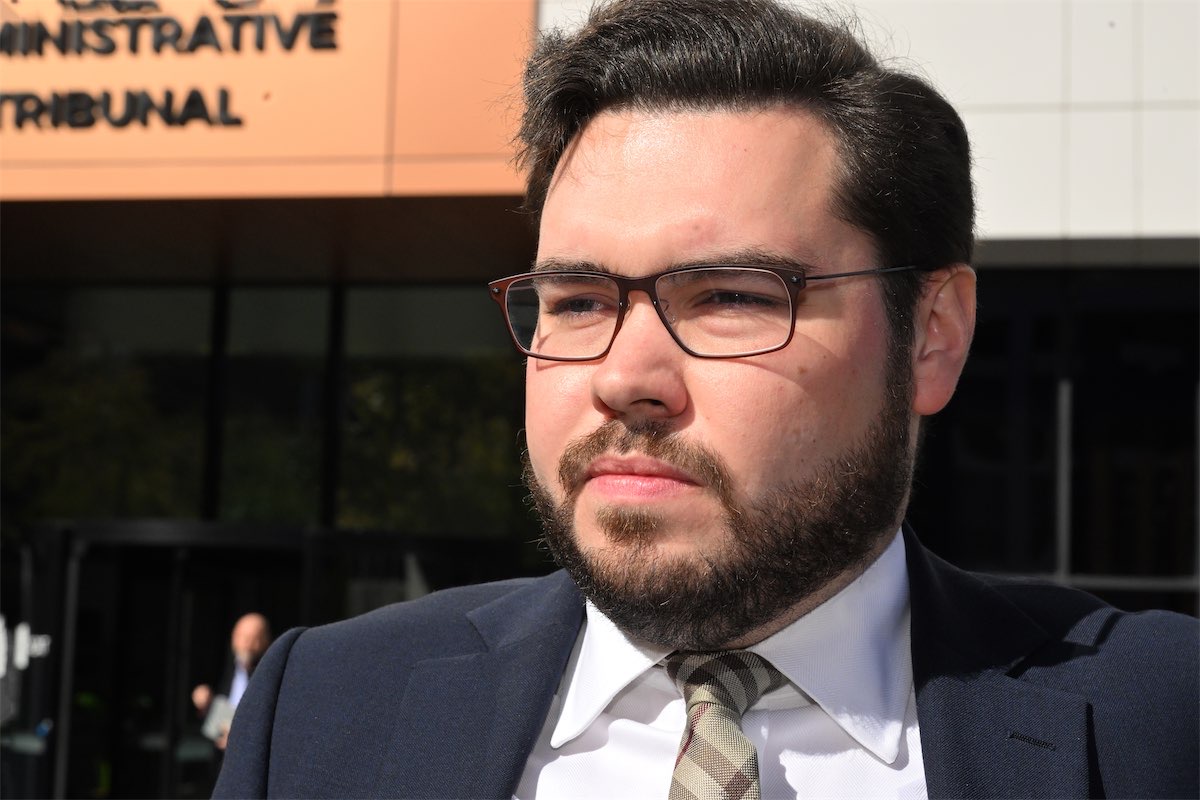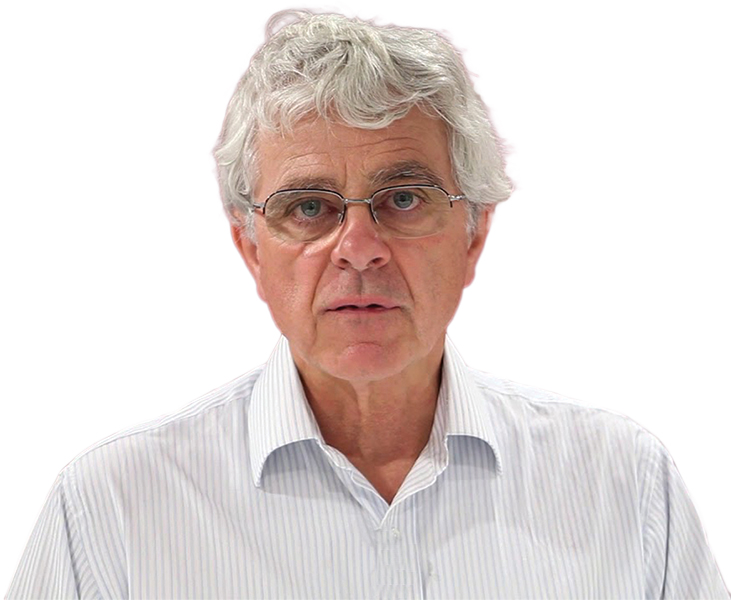
Legal columnist HUGH SELBY explains why an advocate must be unfettered in their conduct of a trial; why “going soft on a witness” is not an option and, importantly, why we urgently need to hear from ACT Legal Aid.
IN the media recently, Bruce Lehrmann disclosed a conversation he recalled with an ACT Legal Aid person.

He was facing charges of sexual assault and his recall included an assertion that Legal Aid could direct his defence advocate as to how to cross-examine his accuser, Brittany Higgins: that he couldn’t go in hard.
The charges against Lehrmann were eventually dropped late last year by the ACT prosecutor, amid concerns for the complainant Ms Higgins’ wellbeing after a trial was halted in the wake of juror misconduct. Mr Lehrmann denies the allegation and the charges against him.
But if his recall is accurate, then ACT Legal Aid has lost its way and needs to be brought back to the main road. If his recall is wrong then we need to be told that.
This article explains why.
Running a defence
An advocate’s conduct of the defence cannot be fettered because:
- It is the prosecution that must prove, not the defence that must disprove the prosecution case;
- The prosecution’s case must be subject to rigorous testing to reveal any doubts in their case;
- With any communication, there can be criticism of the facts within it AND who is claiming those facts to be true. We can summarise this concept as testing both the message and the messenger;
- Because a trial occurs in real time, the combination of skills that the advocate employs reflects the changing dynamics of the trial. This is like any competitive game where the player has practised and rehearsed a range of techniques, but must be able to use and retire different techniques during the match as seems best in the moment;
- Our national advocacy rules explicitly recognise that the trial advocate’s range of skills must not be fettered; and,
- An advocate who went into court and failed to use the “right tool for the job” – because of some personal belief that fettered the proper conduct of their client’s case – would be “incompetent”. If they lost the case this would be a viable ground of appeal to achieve a retrial.
A lot is at stake
For anyone going to trial about a sexual assault allegation, be that as complainant or accused, the experience is traumatic.
Whether the allegations are wholly true, a total fabrication, or somewhere in between, the complainant has had to tell their story to strangers, have that story audiovisual recorded, see that played to a bunch of strangers in a courtroom, and then face questioning – cross examination – about it from a stranger who speaks for the alleged wrongdoer.
Most of us do not share the details of a sexual encounter (even a very pleasant one) with any third person. Being asked to reveal the details of a sexual encounter gone wrong is a searing attack upon the person’s sense of self.
For the complainant who is telling the truth, the assault upon them that follows from telling the police and being cross-examined is a “serial reliving of a traumatic” event.
For those who have made it up, be it partly or wholly, there is the experience of having their approach to a sexual encounter dissected (just like the honest complainant) plus the additional fear of being exposed as a truly awful human being.
For the accused, too, the trial is traumatic. If they are guilty then they are playing a high-stakes game of chance. If they are innocent, then they are fearful of a guilty verdict.
For both sides it’s nail biting.
A range of issues
Often in sexual assault trials the only issue for the fact finder to decide is: “Was there consent or wasn’t there?”
The identity of the accused and that there was sex are admitted. Sometimes the issue is: “Did any sex take place?”. Occasionally, there is an issue of identity namely: “There may have been sex, but I don’t know because I wasn’t there”.
More than once Mr Lehrmann has publicly stated that there was no sexual encounter between him and Ms Higgins, that he wasn’t in that room with her. She says there was sex and he must have been the other person. They can’t both be right. Either one or both were wrong. Both had been drinking – a factor that inevitably entails faulty recollection. But for each of them, how much memory was wrong?
The onus was on the prosecution to prove Ms Huggins’ claims were true. The police, who spent a lot of time investigating, had such strong doubts that they were reluctant to charge. These are the same people who do charge in a lot of cases, who are victim-centric in their approach.
Ms Higgins claimed waking up to find Mr Lehrmann “raping” her. There is no forensic evidence that shows bodily contact between these two people (such as DNA, fingerprints, or hairs and fibres on clothing). Mr Lehrmann says there was no sexual encounter because he wasn’t in the room.
The defence tool kit
This collection of facts necessarily entails that the cross-examination of the complainant is going to be an attack upon her recollections and her believability. Think about it. It can’t be anything else.
She has to be shown to be unreliable. That creates a doubt and the jury must acquit because they are not satisfied that Mr Lehrmann was in that room.
Good defence advocates are careful in what they ask their client and what they let their client tell them. This is because they want maximum scope to test the prosecution case: when asking questions or making a submission an advocate must neither say nor write a word they know to be false.
Good defence advocates run their case in response to what the prosecution has alleged in their witness statements.
The way to show that there is doubt is to ask questions that lead the jury to doubt the complainant. They may doubt her truthfulness. They may doubt the accuracy of her memory. They may doubt both.
In a case such as Higgins/Lehrmann what was allegedly said by Ms Higgins on different occasions about what happened in that room was a source of material that defence counsel could mine. Any difference in her accounts, even small details, is a fair basis on which to attack both her account and her believability.
Taking the jury to that endpoint requires the good advocate to use a range of question techniques and a range of voice tones.
Within an effective cross-examination there can be caring questions, stroking questions, questions that ask for detail and questions that pierce the witness. The tone can range from soft to harsh to sarcastic, backwards and forwards.
That’s why an advocate must be unfettered in their conduct of a trial. That’s why “going soft on a witness” is not an option. That’s why we need ACT Legal Aid to say as much to the Sofronoff Inquiry into our criminal justice system. We need that assurance.
“CityNews” legal commentator and former barrister Hugh Selby has been writing running commentary on the Sofronoff Inquiry’s public hearings, focusing upon the advocacy and witness performances. The “CityNews” coverage of the inquiry, including his daily reviews, is here.
Hugh Selby’s free podcasts on “Witness Essentials” and “Advocacy in court: preparation and performance” can be heard on the best known podcast sites.
Who can be trusted?
In a world of spin and confusion, there’s never been a more important time to support independent journalism in Canberra.
If you trust our work online and want to enforce the power of independent voices, I invite you to make a small contribution.
Every dollar of support is invested back into our journalism to help keep citynews.com.au strong and free.
Thank you,
Ian Meikle, editor








Leave a Reply